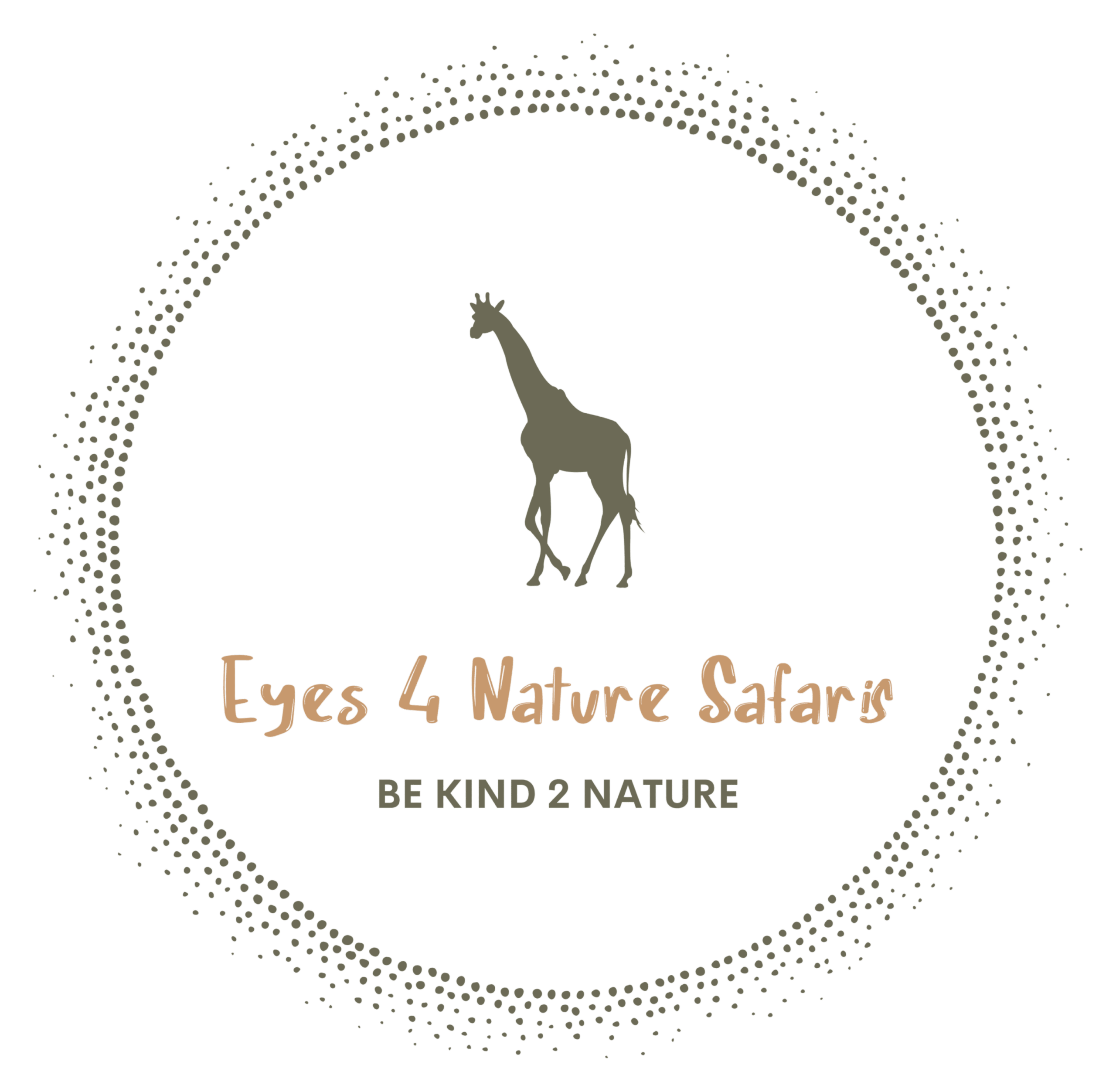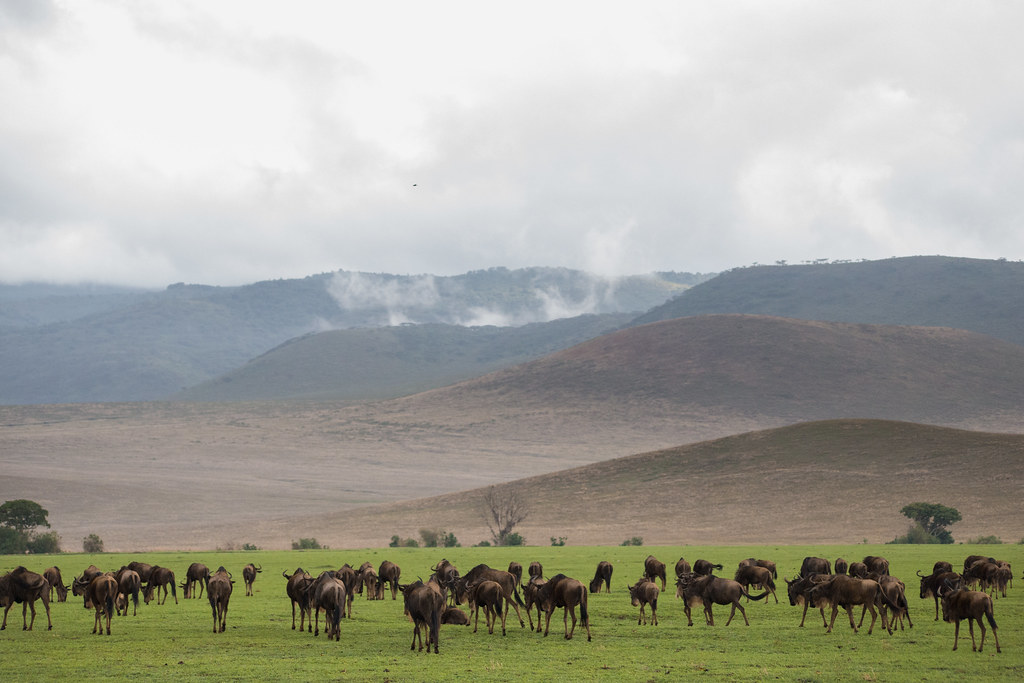
Introduction
Choosing between the Serengeti and the Ngorongoro Crater is like choosing between two different types of paradise. Both are UNESCO World Heritage sites, both teem with wildlife, but they offer very distinct atmospheres and experiences. As someone who considers these parks my 'office', let me walk you through what makes each one a legend.
The Serengeti's endless plains and the Ngorongoro Crater's unique caldera are two of Tanzania's most iconic safari destinations. Both offer incredible wildlife viewing, but they provide distinct experiences. Having guided in both for many years, I'll break down what makes each special, what animals you're likely to see, and help you understand which might be the perfect fit for your adventure, or why combining them is often the ultimate choice.
The Serengeti National Park: Endless Plains and Epic Movements
The name 'Serengeti' comes from the Maasai word "Siringet," meaning "the place where the land runs on forever." And it truly does.
- The Landscape: Imagine vast, sun-drenched grasslands stretching to the horizon, dotted with acacia trees and dramatic rocky outcrops called kopjes (perfect lounging spots for lions!). It's an enormous park, about 14,750 square kilometers (5,700 sq mi).
- The Wildlife Experience: The Serengeti is most famous for the Great Migration, where millions of wildebeest and zebra traverse its plains. But even outside the migration season, it's a haven for large lion prides, cheetahs hunting on the open plains, leopards in the riverine forests, and huge herds of elephants and buffalo. The sense of space is immense.
- Apollo's Insight: One of my most cherished memories is parking by a kopje at dawn, coffee in hand, and watching the Serengeti wake up – the first rays hitting the grass, a lion roaring in the distance, and then, a cheetah mother with cubs appearing as if from nowhere. The sheer scale means you can often have sightings all to yourself.
The Ngorongoro Crater: A Self-Contained Wildlife Haven
Often called the "Eighth Wonder of the World," the Ngorongoro Crater is the world's largest intact and unfilled volcanic caldera.
- The Landscape: The crater floor, about 260 square kilometers (100 sq mi), is a breathtaking microcosm of East African savanna, complete with grasslands, swamps, forests, and Lake Magadi, a soda lake often tinged pink with flamingos. The 600m (2,000 ft) high crater walls encircle this 'Garden of Eden'.
- The Wildlife Experience: Due to its enclosed nature and abundant water and pasture, the Crater boasts an incredibly high density of wildlife. It's one of the best places in Tanzania to see the endangered black rhino. You'll also find large elephant bulls, lion prides, hyenas, and thousands of wildebeest, zebra, and gazelles that are mostly resident. Giraffes are notably absent from the crater floor (they can't easily navigate the steep walls), but you'll see them on the crater rim.
- Apollo's Insight: The first time you descend into the Crater, it truly feels like entering a lost world. I’ve had days where, within a few hours, we've seen four of the Big Five. The concentration of animals against the backdrop of the crater walls is simply stunning for photography.
Apollo's Direct Comparison: Serengeti vs. Ngorongoro
| Feature | Serengeti National Park | Ngorongoro Crater |
|---|---|---|
| Size & Landscape | Vast (14,750 km²), endless plains, kopjes | Contained (260 km² floor), caldera, diverse habitats |
| Wildlife Density | High, spread out; extremely high during migration | Extremely high, concentrated |
| Key Wildlife Focus | Great Migration, cheetahs, large lion prides | Black rhino, high predator density, flamingos |
| "Big Five" Chance | Excellent (rhino localized, leopard elusive) | Excellent (often easier for rhino) |
| Best Time (General) | Year-round; Dec-Mar (South), Jun-Oct (North for migration) | Year-round |
| Vibe & Experience | Expansive, adventurous, "classic safari" | Unique, "lost world", intense game viewing |
| Crowd Factor | Can be spread out; busier near migration | Can get busy due to smaller area |
Which is Right for You? Or Should You Do Both?
- If you have limited time (e.g., 1-2 days for wildlife): The Ngorongoro Crater can deliver incredible game viewing in a short period due to the concentration of animals.
- If you dream of endless plains and the Great Migration: The Serengeti is unmissable. You need a few days to truly appreciate its scale.
- For first-timers: Both offer fantastic introductions to African wildlife.
- For rhino enthusiasts: Ngorongoro Crater offers your best chance.
- My honest recommendation? If your time and budget allow, do both! They complement each other perfectly. Starting in the Crater for that intense, almost guaranteed wildlife punch, and then moving to the Serengeti for its vastness, the migration, and that feeling of boundless wilderness, is an unbeatable combination. Many classic Northern Circuit itineraries are built this way, and for good reason. It’s a journey from a jewel box to an infinite expanse.
No matter which you choose, or if you're lucky enough to experience both, these two Tanzanian titans will leave you with memories to last a lifetime.
About the Author
APApollo
Veteran Safari Guide & Park Expert
Former park ranger with over 7000 days of safari experience
Serengeti vs. Ngorongoro Crater: A Ranger's Wildlife Showdown
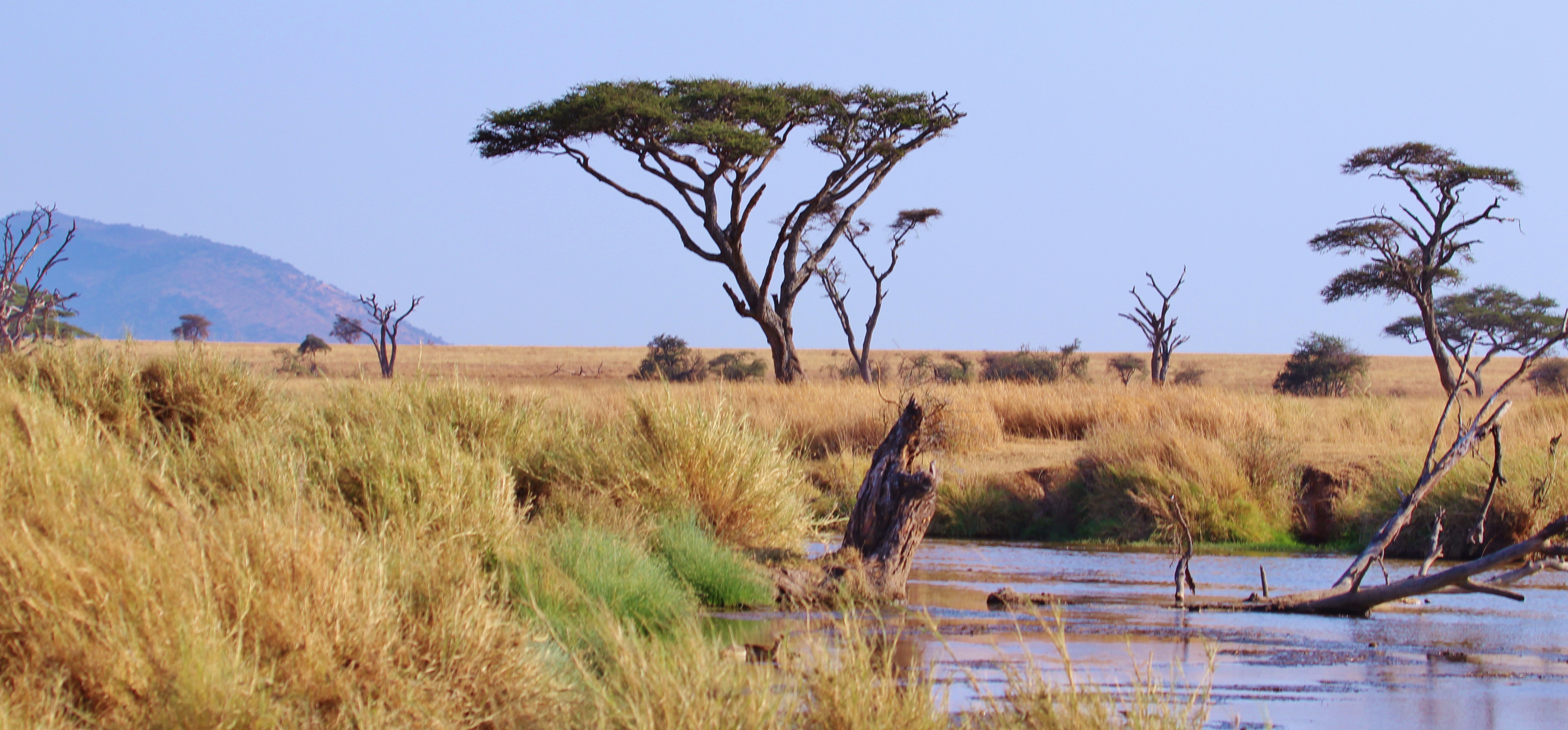
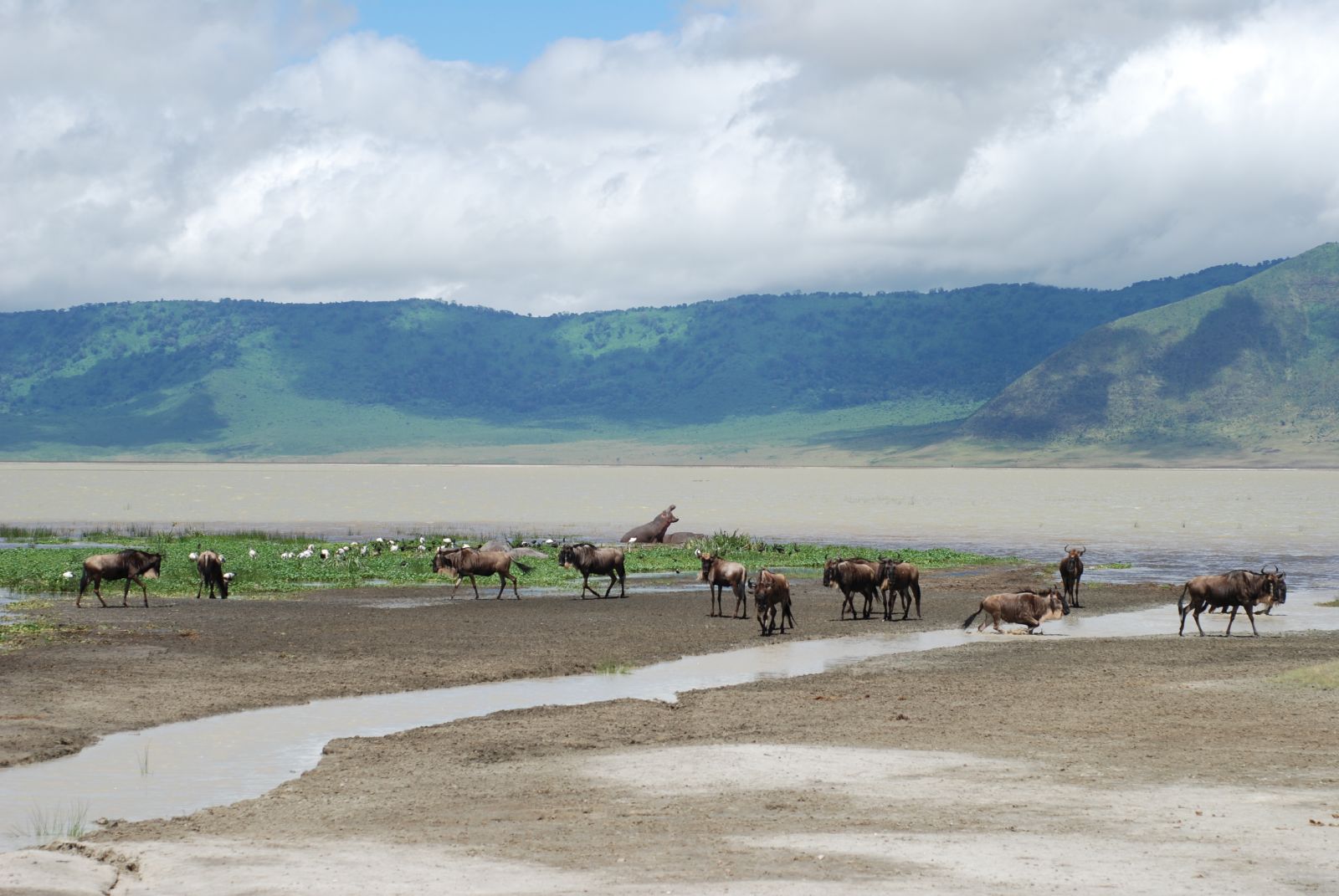
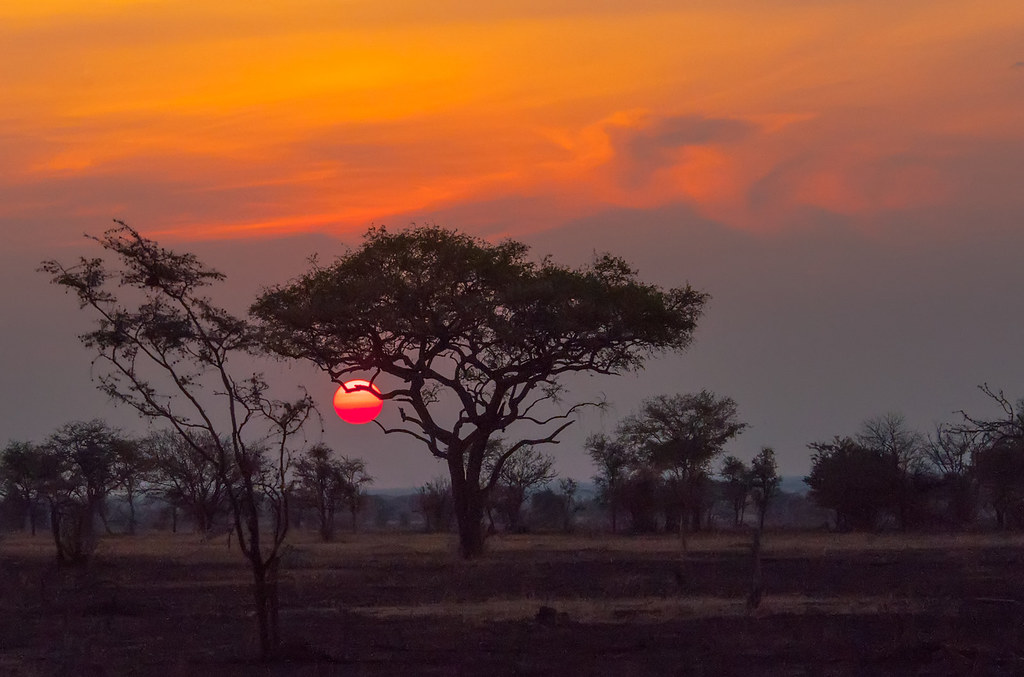
Frequently Asked Questions: Serengeti vs. Ngorongoro
Location
Ready to explore this highlight?
Contact us to plan your perfect safari experience that includes a visit to this amazing destination.
Ready to Experience Tanzania?
Browse our safari tours to start planning your adventure.
View Safari Tours